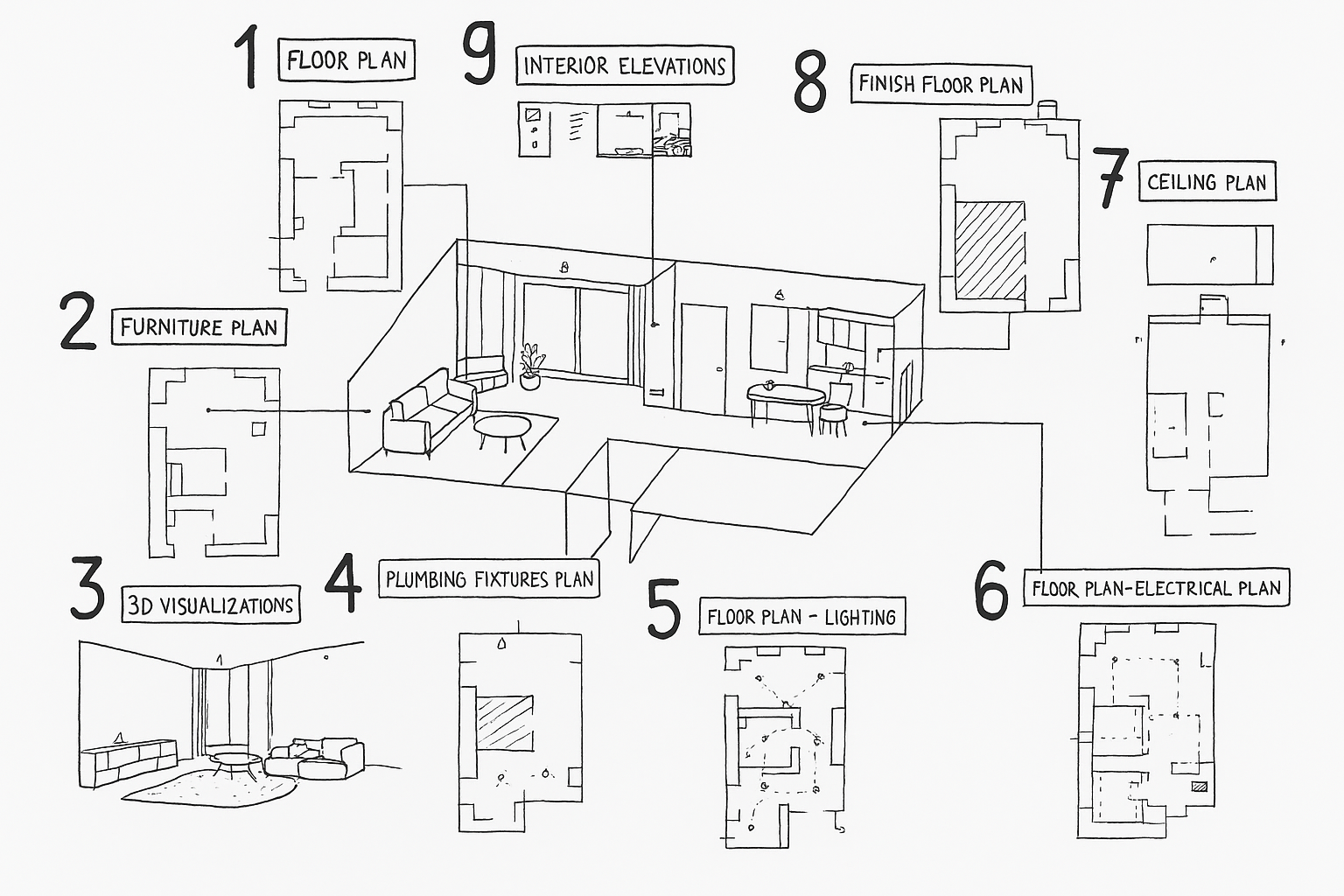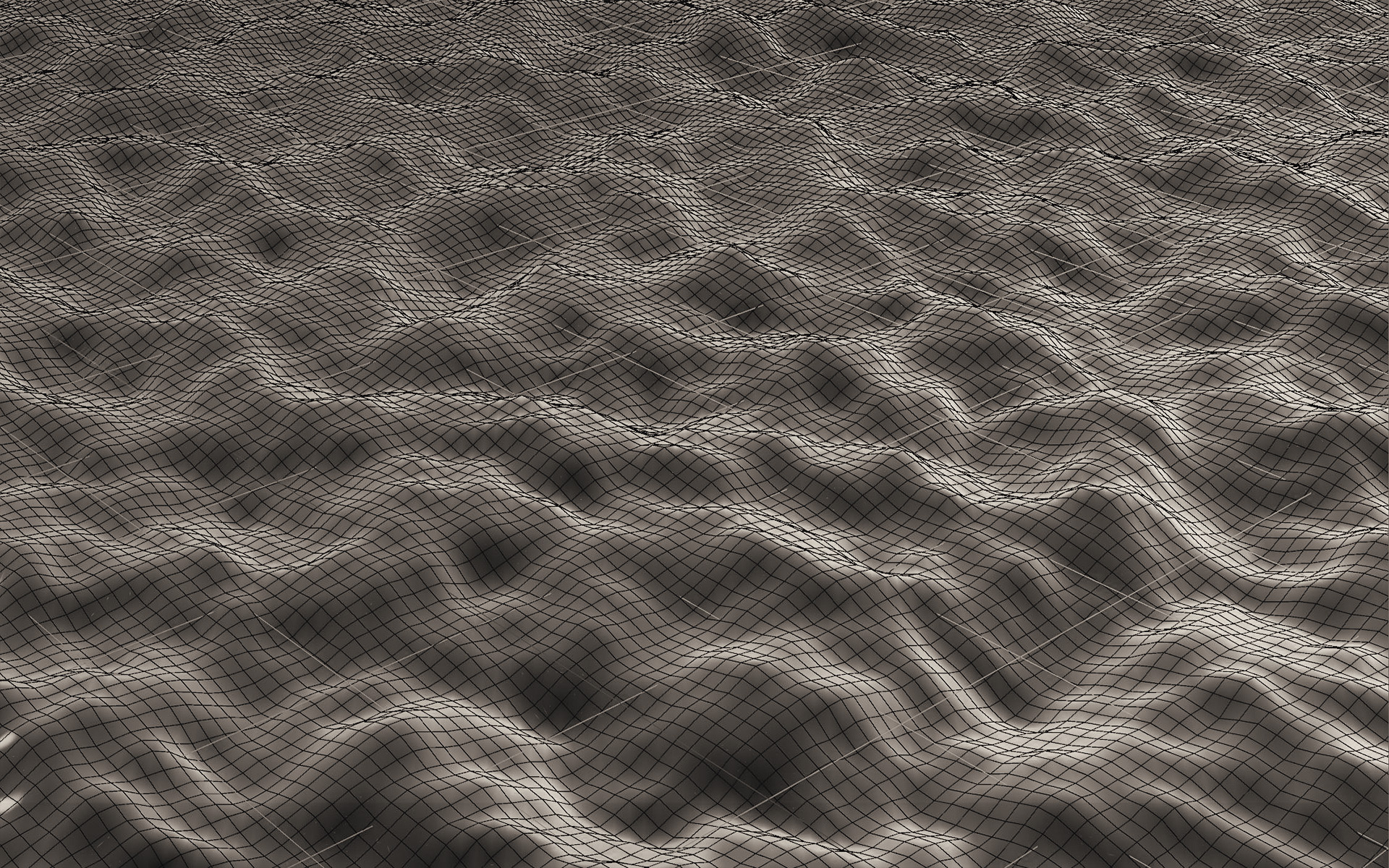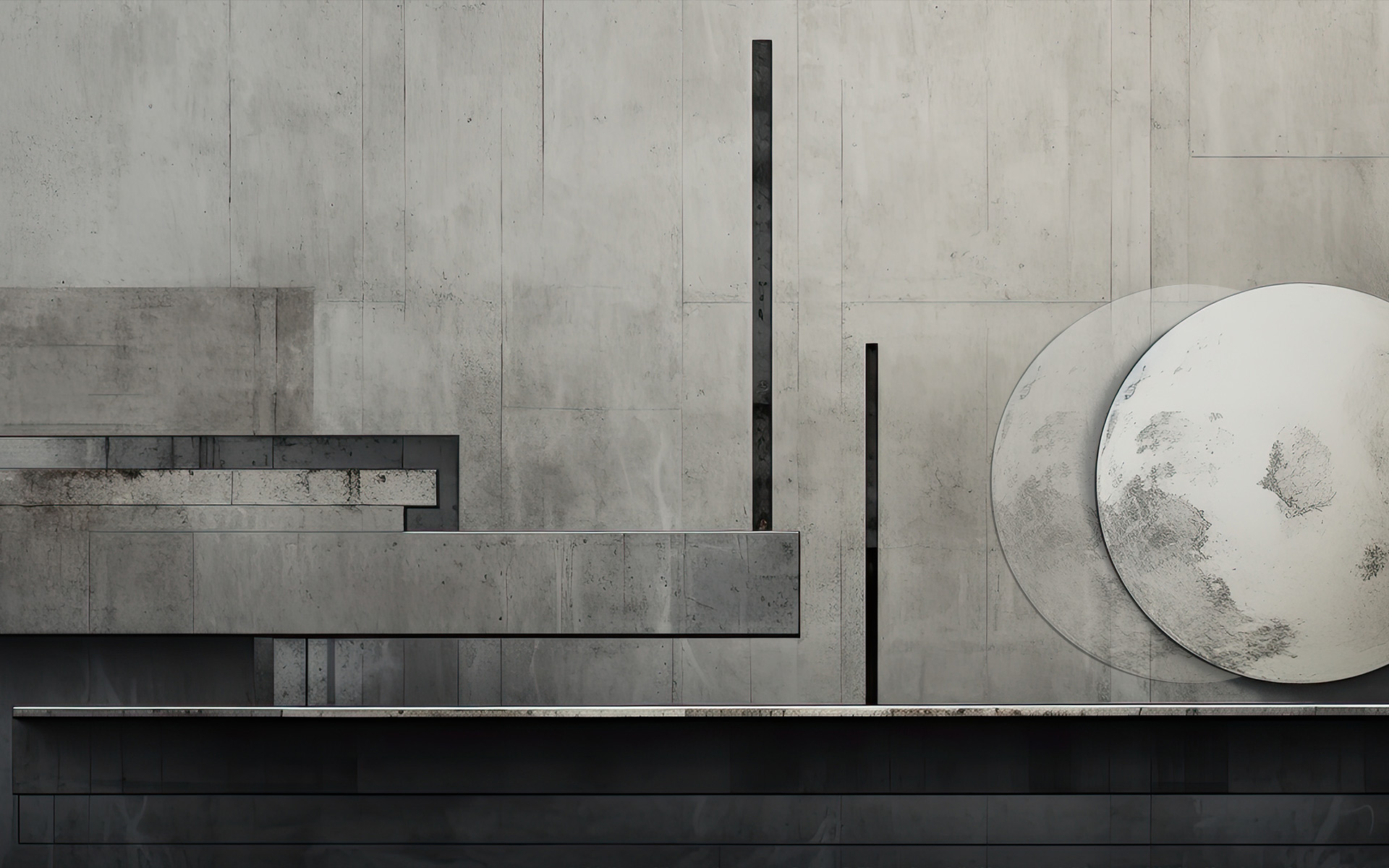Behind the Scenes: From Digital Fabric to Visuals


From a blank 3D avatar to a high-speed aviation scene — here’s how we created our pilot, her leather jacket, and the supersonic jet behind her, step by step.
Stage 1 – Modeling the Clothing
We started in Marvelous Designer, a 3D tool built for realistic garment creation. The leather jacket began as flat patterns, digitally stitched together and simulated directly on a 3D avatar. Every seam, fold, and curve was designed to sit naturally on the body, just as a real jacket would.
(Image 1: Marvelous Designer workspace with clothing patterns and simulation)
Stage 2 – Rendering the Outfit
With the garment’s fit finalized, we rendered it on the avatar, focusing on realistic fabric behavior and lighting. The subtle sheen of the leather and the way it catches light help sell the realism before any post-production even begins.
(Image 2: Rendered jacket on human avatar in 3D)
Stage 3 – Gathering Visual Elements
Next came the visual backdrop. We sourced high-quality Shutterstock images for the supersonic jet, sky, and atmosphere. The challenge here is selecting visuals that match the 3D work in perspective, lighting, and scale — so the final composition feels cohesive rather than pieced together.
(Image 3: Selected Shutterstock images for background and aircraft)
Stage 4 – Post-Production in Photoshop
This is where all the pieces merge. In Photoshop, we combined the 3D jacket and avatar with the jet and background, then adjusted colors, balanced lighting, and added subtle effects. A touch of depth of field, contrast tweaks, and fine detail work brought the scene together into a dynamic final image.
(Image 4: Final post-produced scene)
Why This Matters
This project is a great example of how different creative tools — from specialized 3D software to image libraries and post-production techniques — can be combined to create something believable and visually enlisting. For us, it’s not just about producing an image, but about building a story through every detail.







